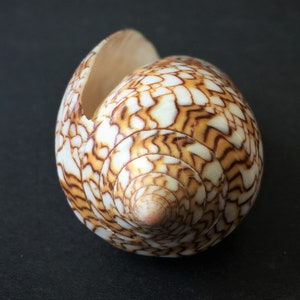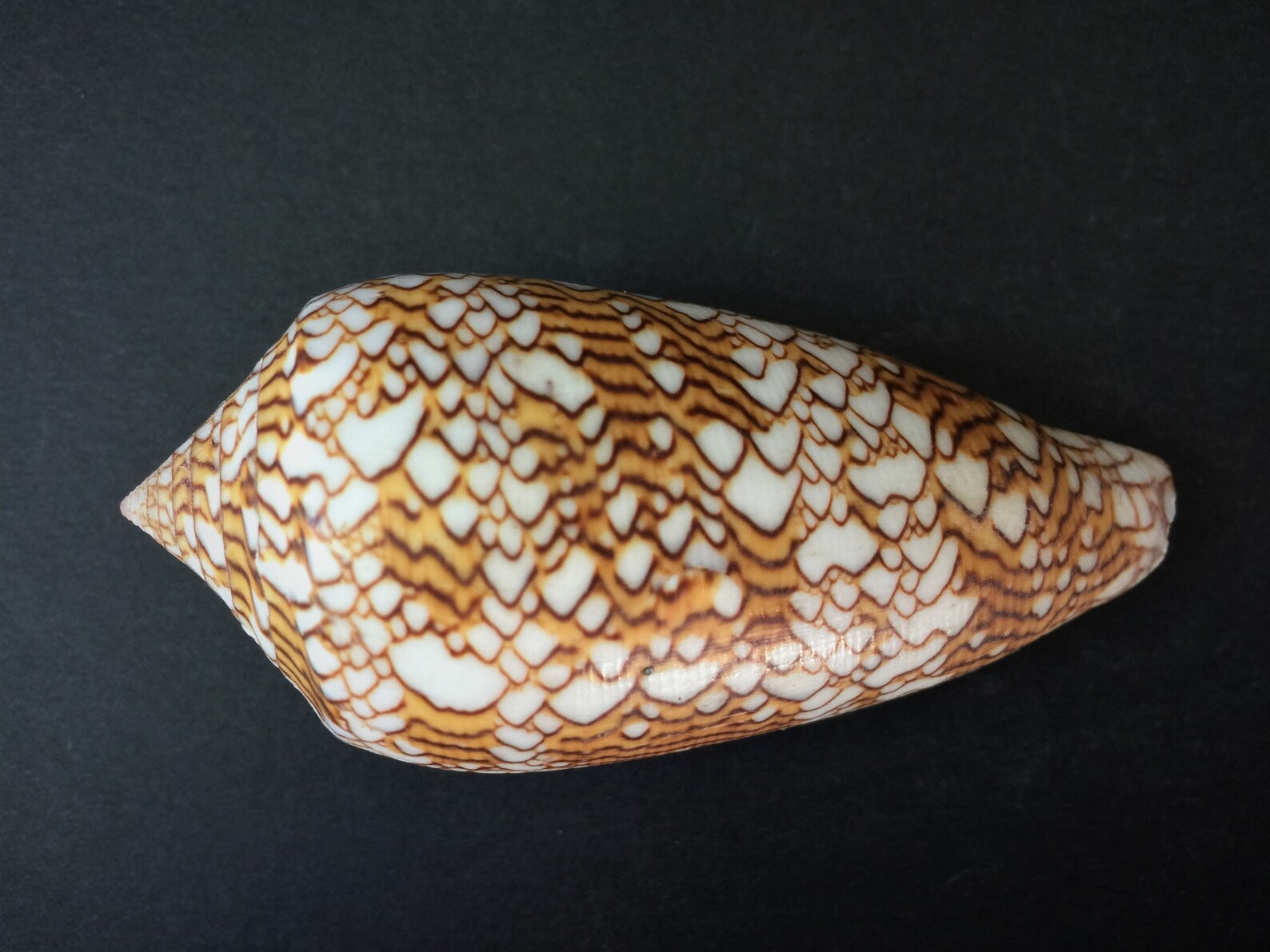

In this case, the venom used for hunting seems to be a specific blend of these proteins, specialized for affecting the species of fish it prefers, and seemingly inactive in humans. Venom is essentially a cocktail of small proteins that affect different things in different ways. geographus has been studied in great detail and is providing science with some fascinating discoveries. It uses a different venom for prey and defence They hunt primarily by scentĮven though they have eye stalks either side which can peer outside of their shell, they hide within the sea bed sediment with just their siphon sticking out which acts as a breathing tube. Still, there are some curious discoveries about the diversity of cone snail venom that might suggest this isn’t as reassuring as it sounds… 5. It uses this to kill and eat snails, which, being smaller than fish, means it doesn’t need quite as powerful venom as its fish-eating cousins.

In the cone snails, this has morphed into a terrifying venomous proboscis that can reach almost all across its body. In your typical garden snail, this is a toothy plate-like tongue, that’s used to scrape across the surface of a leaf, tearing off tiny, edible pieces. The dangerous part of this snail is the adapted radula, which is basically what a snail uses to eat. Sadly, accounts of how this conclusion was reached, and the effects on the mice who ‘helped’ with the research do bring up questions as to whether it was a worthwhile endeavour. It’s suggested that venom has similar effects to morphine but without the risk of addiction. This is ethically questionable at the very least, but much like the unforgivable barbarism conducted by Nazi scientists, there is valuable medical information that we use today as a result.Īs it happens, there’s a significant analgesic (pain-killing) component to Conus textile venom, and this has shown promising potential as an acute pain treatment for people who don’t respond to, or can’t receive, opiates. Commonly, to study the potential effects of a toxin, scientists will inject other animals with it. There’s often a gruesome and horrific element to scientific discoveries, particularly in the study of venoms. In some contexts, their venom can have the opposite effect However, the painless nature of many of the stings has led to a curious discovery. Sometimes it’s painful and comes with multiple other local and systemic symptoms. The sting is sometimes almost painless and quickly followed by paralysis. These snails are quick to sting, and their harpoon-like stingers can pierce wetsuits. Regardless, it does go to show how powerful a cone snail’s venom can be, and there are deaths attributed to the textile cone snail too. textile, though it might have been the more potent fish hunter, C. “Only held this little Whelk in her hand… And while she was walking to the beach, she felt a slight itching in her hand, which gradually crept up her arm and through her entire body and so she died from it instantaneously”. geographus) comes from 1705, in a report of a slave woman who –

This venom is no joke! The earliest account of human death from a cone snail (though possibly C. It’s possible that the venom inside a single snail is enough to kill 700 people. Textile cone snails have been known to kill people, and as members of the cone snail family Conidae, are one of the most toxic after Conus geographus. It’s one of the most venomous creatures on earth They normally hunt snails, but they’re more than capable of defending themselves against much larger animals, and this venom is so curious that it may even pose a national security threat. They’re armed with a dextrous harpoon containing a fascinating combination of venoms, than can, and has killed people.

Previously known as Gold Cloth snails, these are covered in pretty golden feather patterns that gave rise to their nickname “Partridges”. They inhabit coraf reefs, mostly in the Indian Ocean, as well as East Africa, The Red Sea and around Australia and New Zealand. The textile cone snail is one of the most toxic animals alive, and named after the beautifully ornate shell it possesses. Photo credit: Textile Cone Snail Facts Overview Habitat: Most of the dangerous ones are cephalopods, like the blue-ringed octopus, or the devil squid, but conus textile, or the textile cone snail may have the most potent venom known to science. From the docile herbivorous garden slug to the intelligent and Colossal deep-water squid, they come in a range of shapes and sizes and various levels of lethality.


 0 kommentar(er)
0 kommentar(er)
